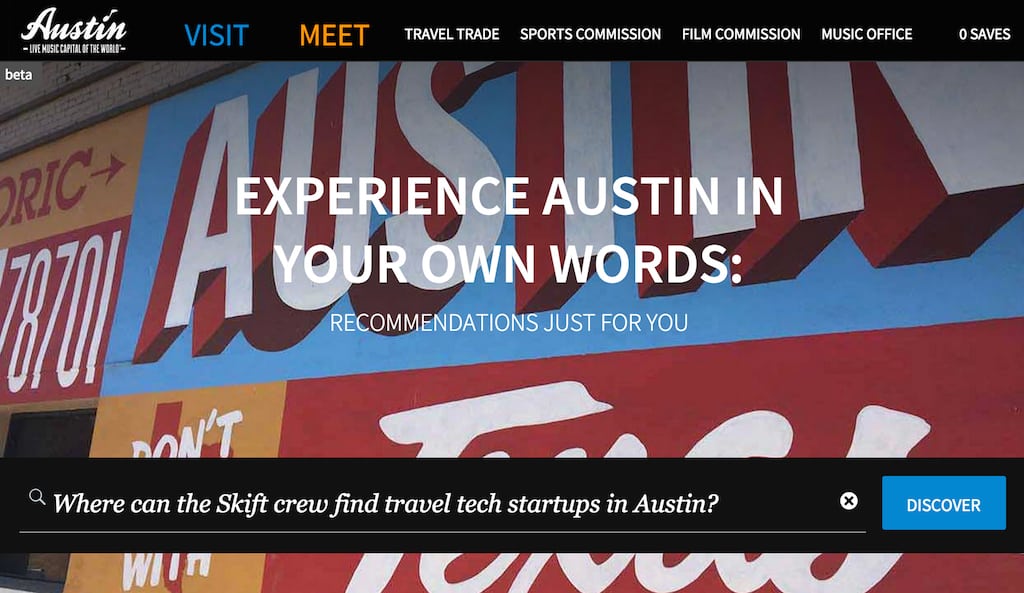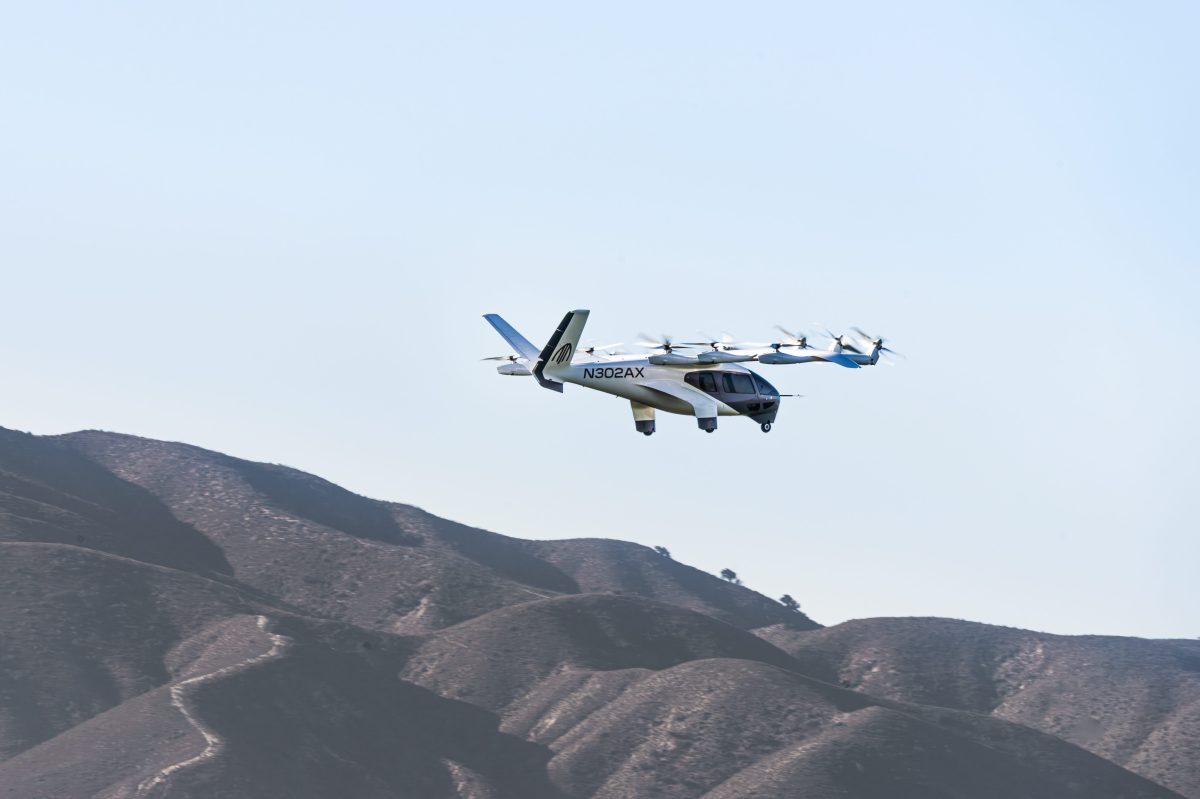The New Set of Best Practices for Making Smarter Tourism Boards

Skift Take
As we recently reported, Destination Marketing Association International (DMAI) launched phase two of its DestinationNEXT research last month, which includes a 94-page DestinationNEXT Practice Handbook outlining 20 best practices and 10 “NEXTPractices” for tourism bureaus in 2015.
The NEXTPractices are initiatives that have much potential for destination marketing organizations (DMOs) although some of them would be expensive and/or would require a long time to develop and scale fully into practical systems for the mainstream DMO industry.
The Best Practices are geared toward all but the most advanced DMOs. For less established DMOs in emerging destinations especially, they could provide significant value as a roadmap into the future. DMAI also seems them as an opportunity to grow its international membership base.
Phase one, launched last year, focused on data gathered from 327 DMOs worldwide to determine the top trends impacting tourism promotion and destination development.
Phase two focuses on actionable strategies based on discussions with DMOs over the last year about how they’re adapting their operations and business models to align with those trends.
The handbook provides case studies for all 30 practices, which are categorized by the two X/Y axis that DestinationNEXT uses to plot the effectiveness of a DMO. They are: Community Support & Engagement, examining how well a bureau works with its travel, non-travel and economic development partners; and Destination Strength, which gauges overall visitor economy infrastructure ranging from airlift volume to convention center quality.
Here's a look at three of the NEXTPractices:
The Rise of DMO Cognitive Systems
The NEXTPractice with the most exposure so far is the development of DMO Cognitive Systems using artificial intelligence (AI) to directly answer travel consumer queries based on personalized interests.
One of the proponents of this field is Terry Jones, founder of Travelocity and founding chairman of Kayak, who spoke at last year’s Skift Global Forum about his new travel tech firm, WayBlazer. Powered by the IBM Watson AI platform, WayBlazer is designed to deliver contextually customized insight for consumers across all phases of the travel purchase decision process.
Presently, Austin-based WayBlazer is embedded in the Austin Convention & Visitors Bureau’s homepage. Users type in questions seeking advice about what to experience in the destination, much like they would a concierge, and a search results page delivers relative content in response.
A kind of Siri for DMOs, the austintexas.wayblazer.com microsite is still in beta, and while user requests often result in a wildly diverse array of recommendations, there’s usually some type of valuable, relevant information.
As the AI tech evolves to offer more finely-tuned responses, and DMOs develop more content for WayBlazer to access, this has the potential in theory to drive significantly more consumers to DMO websites.
The Future of Shared Economy Collaboration
This is a touchy subject for most DMOs because sharing accommodation platforms like Airbnb don’t usually contribute to the local tax base and transient occupant (bed) tax that funds most DMOs. That is slowly beginning to change but only for a few bureaus to date. Here is a list of destinations where Airbnb presently collects a bed tax.
Among that group, Travel Portland lists Airbnb as an accommodation option on its website under the Vacation Rentals section in the Alternative Lodging category. The landing page doesn’t include any actual listings, but it does feature a brief snippet about Airbnb and a link to its website.
The overall user experience feels as though Travel Portland is only dipping its toes into the politically charged partnership, but it’s a start. It will be interesting to look back on this one day when DMOs could conceivably have full Airbnb booking functionality embedded into their homepages.
According to the DestinationNEXT Handbook: “[Portland] engaged with Airbnb at the corporate level and sought a partnership where the city would welcome Airbnb under the condition that Airbnb agreed to pay the local rooms tax on all rooms sold in Portland. Portland also passed a law requiring Airbnb hosts to register with the city, pay an operating fee and be subject to inspections.”
Behind The Value of DMO Network Models
This is the NEXTPractice with the most exciting and disruptive potential to reimagine the traditional DMO business model and drive new business to travel and non-travel destination partners.
The DMO Network Model creates networks among businesses with vested interests in specific tourism segments such as meetings and conventions, cruise tourism, airline route development, food and beverage, and retail and entertainment. With those networks established, the DMO and all interested parties collaborate to develop new destination travel product and special events within the individual vertical.
In effect, the DMO is then hired back by the local businesses as a professional services provider that governs strategy, finances and promotion. However, in some cases, a network can self-govern and manage its own finances once it's firmly established, while the DMO retains oversight of brand management and the marketing platforms.
Ultimately, tourism promotion becomes a shared responsibility among the bureau and local stakeholders. The potential to create a macro network of micro travel sector networks working in unison to drive economic development for larger groups of community members helps build destination brand awareness among travel markets globally.
“The network model calls for a DMO to balance between giving sovereignty to the network boards and keeping common standards including brand unity and consistent strategies,” reads the handbook. “If decentralization is pushed too far, direction disperses. If too centralized, partners lose a sense of ownership.”
Wonderful Copenhagen is cited as a case study. The DMO implements travel product development strategy among a diverse group of networks such as the Cruise Copenhagen Network (hosted on the DMO’s website), while passing authority of overall accountability to the more than 70 businesses in the network.
This is touted as a way for DMOs to expand their impact and increase tourism arrivals to a destination without requiring significant additional funding.
Another example is Copenhagen Connected. The airline and airport industry network's landing page on the Wonderful Copenhagen website reads: "Copenhagen Connected supports the sustainable development of new routes to Copenhagen by building passenger potential through effective destination marketing."
For instance, the alliance supplies funds and assistance for media and meeting planner familiarization trips; develops travel agent industry workshops in-destination and online educational training modules; and its members attend international tourism industry tradeshows.
Thus, the DMO and national airline industry are promoting each other while sharing costs and knowledge to develop tourism to the region as a whole that benefits the interests of both organizations and the local community.




